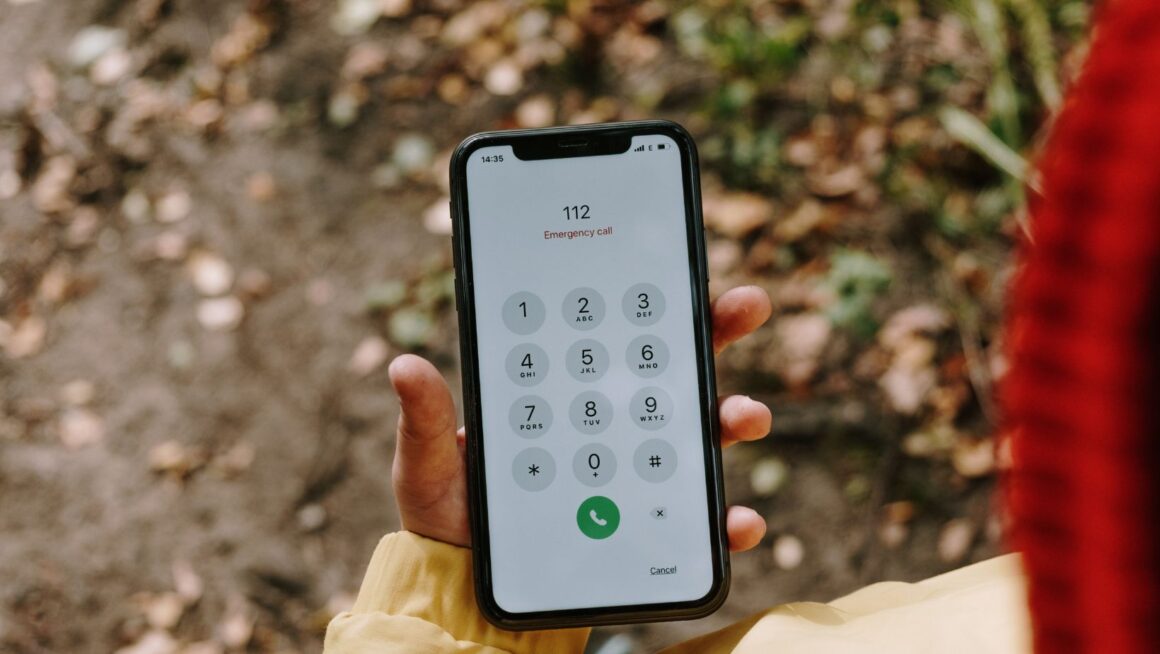Phone number verification is a crucial process for any business that aims to facilitate secure transactions, regardless of the industry. With huge advancements in technology, it’s become quite easy for personal data to fall into the wrong hands.
For businesses that accept and process personal information during transactions and other business processes, ensuring the accuracy and validity of such information is crucial to preventing phishing and fraud. A good way to do that would be to leverage a reliable phone number validation API.
This guide covers the essentials of implementing and leveraging APIs to guarantee the accuracy of the personal data presented to your business.
What Are Phone Number Verification APIs?
A phone number verification API is an intermediary service that enables your business’s software applications to “talk” with external verification service applications and exchange data.
To understand APIs better, think about a restaurant setting. When you go to a restaurant, you will make your decision about what you need, but you can’t go to the kitchen directly to make your order. You need someone to link you to the kitchen, and that would be a waiter. The waiter would, therefore, be the best representation of an API.
Similarly, phone number APIs send the verification requests you send from your applications to databases or external services that contain phone number data and present you with the response. You can learn more about that in this Phone Number APIs guide by Trestle, which is one of the top providers of phone verification APIs in the U.S. and Canada.
Why Use a Phone Number Verification API?
Well, it all boils down to a single factor – convenience. As mentioned above, you can’t just query large databases or external services that you don’t have control over without an intermediary. The alternative here would be to design an application that allows you to make such queries directly and then connect them to the service.
If you think about it, that’s an overly complicated process that would require a lot of time, money, and effort. Not to mention the complexities of integrating two systems that probably aren’t even designed under a similar platform. Using a phone number verification API solves this problem in one go.

In addition, using an API is a more reliable way of gaining access to high-quality data with great accuracy. As long as you are using a low-latency API that has minimal downtime, if any, you can be sure you won’t have any inconsistencies that may result in data verification errors and other issues.
Implementing Phone Number Verification APIs
Though implementing a phone number verification API sounds like a complicated process reserved only for a handful of experts in your business, it’s not all that troublesome. In truth, even developers with minimal experience should be able to implement and integrate such APIs with ease.
Here are the commonly-followed steps, though these can vary depending on the provider:
-
Get the API Key
After choosing the most appropriate API for your needs, you will have to sign up for the chosen service and then obtain an API key. You will use this key to authenticate your requests. Again, remember this may vary from one API provider to the next.
A majority of the API providers will offer free tier accounts with limited requests to allow you to test the API before you can commit fully to a paid plan.
-
Read Through the API Documentation
This may not be everyone’s favourite step, but it’s recommended you don’t skip it to avoid issues during the integration and testing processes. You should take your time to read the document carefully so you can understand the different parameters, endpoints, and response formats fully.
You will also have the chance to familiarise yourself with the available functionalities such as carrier lookup, phone connection status, reputation score, and others in this step.
-
Choose the Ideal API Architecture
Depending on the API provider you choose, you may have the leeway to pick APIs based on different protocols. The three most common are REST, SOAP, and RPC. REST APIs are widely preferred due to their ease of implementation, but this may vary depending on whom you ask.
-
API Integration
The last step, that may require a little bit of coding knowledge, is the API integration. You typically have to write a small integration code and use different libraries and modules to make it possible for a user to make verification requests to the API endpoints.
If you are using HTTP requests and were issued an API key, you will want to add the API key to the request headers to be authenticated.
Testing Phone Number Verification APIs
What better way to ensure that an API is working after a successful installation than testing it? Here’s how:
(i) Test the Endpoints
For this step, you should focus on confirming that the basic features of the API work as expected. Send all the different types of requests you can think of including using invalid and international numbers to see the responses you get.
(ii) Handle the Responses
Your test may reveal a couple of areas in your API’s performance that require you to implement error-handling mechanisms based on the responses received from the API. Parsing and extracting information from the API responses is a good idea since it makes it easier to understand and interpret results.
(iii) Add Functionalities Where Necessary
Once you know that your API’s basic features are working as intended, you can implement additional functionalities, such as carrier lookup, based on your needs.
(iv) Monitoring the API
With a fully functional and integrated API, you will want to keep evaluating the response time and accuracy of your API, especially when dealing with large volumes of phone number data that require verification.

This is also the state in which you determine the uptime performance of the API.
(v) Address Rate Limits and Security
When using your API, you should ensure it’s within the limits set by the provider. Make sure to evaluate the normal usage of your API and make changes if you’re exceeding the permitted requests.
Also, this would be a good time to implement standard security measures like secure storage or API keys and HTTPS encryption.
(vi) Deploy
If your testing process is successful, you can proceed to deploy the integrated solution. Ensure that you keep monitoring its usage and performance and make changes where necessary.
Implementing Your APIs Effortlessly
After reading this idea, you now understand what phone number verification APIs are, and how you can implement and test them in a real business setting. The most important thing, however, is choosing the right API, since regardless of how effective your implementation process is, the performance will not meet your expectations if you’re working with a substandard product.
When you choose leading phone number verification API providers like Trestle, you can be sure you are getting premium products and all the support you need to see them work.


